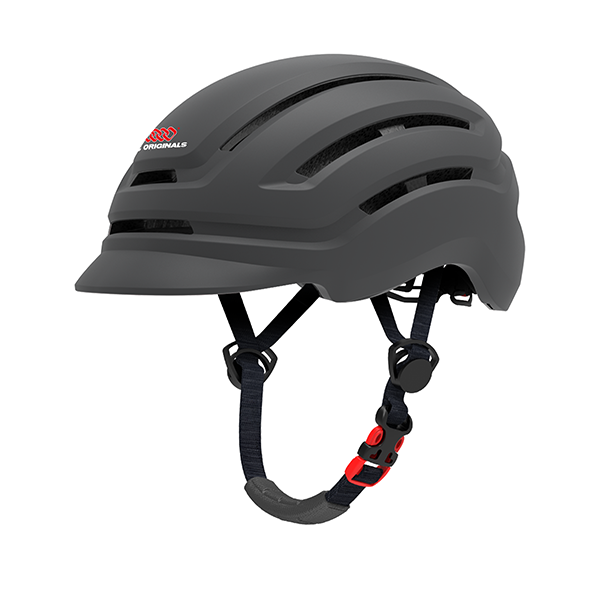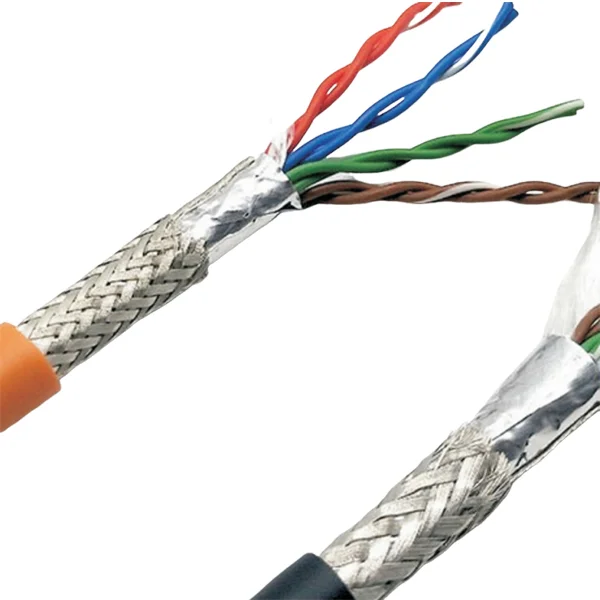High-speed linear servo systems are critical for advanced industrial automation, precision robotics, semiconductor manufacturing, medical devices, and aerospace technologies. Achieving ultra-precise and repeatable motion relies heavily on the encoder, a sensor that converts mechanical motion into electrical feedback.
Shenzhen Richbetter Technology Co., Ltd. is a leading developer of precision drive systems, including linear motors, encoders, and integrated servo modules, enabling superior motion control for demanding applications. This article provides a comprehensive, professional analysis of how encoder accuracy influences motion precision, covering design, integration, operation, and optimization strategies.
1. The Role of Encoders in Linear Servo Systems
Encoders provide positional feedback crucial for the control loop of a linear servo system. System performance in position, velocity, and acceleration is directly linked to encoder fidelity, especially in high-speed applications.
1.1 Encoder Types
-
Incremental Encoders: Provide relative motion feedback; require homing. Accuracy depends on pulse density.
-
Absolute Encoders: Give unique positional values for every point, eliminating homing errors; ideal for high-speed precision.
-
Optical vs. Magnetic: Optical encoders offer high resolution and low noise; magnetic encoders resist vibration and contamination.
1.2 Encoder Functionality
-
Converts mechanical displacement into digital signals.
-
Integrates with servo controllers for closed-loop motion control.
-
Determines the system’s maximum achievable motion precision and repeatability.
2. Resolution and Its Impact on Motion Accuracy
2.1 Definition and Significance
-
Resolution: Smallest positional increment detectable by the encoder.
-
High resolution enables sub-micron positioning, critical for high-speed linear motion.
2.2 Resolution vs. Control Loop Dynamics
-
Low resolution: Causes quantization errors, oscillations, and overshoot.
-
High resolution: Smooth interpolation, stable velocity, accurate trajectory.
-
Sampling alignment: Encoder frequency must match system bandwidth to avoid aliasing or control lag.
3. Critical Accuracy Parameters
3.1 Linearity
-
Deviation between measured and true position.
-
Nonlinear error in high-speed systems propagates, causing trajectory deviation and drift.
3.2 Repeatability
-
Ability to return to the same position under identical conditions.
-
High-speed systems often demand sub-micron repeatability for precision tasks.
3.3 Signal Integrity
-
Noise and jitter reduce measurement fidelity.
-
Influenced by vibration, electromagnetic interference, and thermal changes.
4. System Integration and Mechanical Considerations
4.1 Mechanical Coupling
-
Direct coupling between encoder and linear motor shaft minimizes backlash.
-
Flexible or indirect coupling can amplify error under high acceleration.
4.2 Alignment and Mounting
-
Misalignment introduces cyclical positional errors.
-
Precision mounting and calibration routines are essential.
4.3 Controller and Feedback Loop
-
Encoder accuracy impacts PID or advanced control loop performance.
-
High-speed systems benefit from feedforward and predictive compensation to mitigate residual error.
5. Effects on High-Speed Motion
5.1 Positioning Accuracy
-
Encoder errors translate into significant deviation in high-speed linear travel.
-
Ultra-precision applications require nanometer-level encoder accuracy.
5.2 Velocity and Acceleration Stability
-
Encoder fidelity affects velocity estimation in real time.
-
Inaccurate feedback leads to velocity ripple, vibration, or unwanted resonance.
5.3 Dynamic Performance
-
Accurate feedback ensures smooth acceleration and deceleration, minimizing overshoot and transient error.
6. Environmental and Operational Influences
6.1 Temperature Effects
-
Thermal expansion causes scale deviations.
-
Compensation via calibration curves or low-expansion materials is essential.
6.2 Vibration and Shock
-
Mechanical vibration introduces signal noise.
-
Anti-vibration mounts and digital filtering improve high-speed precision.
6.3 Contamination
-
Dust, oil, and moisture degrade optical or magnetic scale performance.
-
Enclosed, high-IP-rated encoders maintain reliability.
7. Maintenance, Calibration, and Longevity
-
Regular calibration preserves linearity, repeatability, and resolution.
-
Inspect mechanical mounts, couplings, and environmental protections.
-
Advanced systems may use self-diagnostics to monitor encoder drift and predict maintenance needs.
8. Optimization Strategies
-
Application-Specific Encoder Selection: Match resolution, type, and signal fidelity to speed and precision requirements.
-
Feedback-Controller Integration: Ensure sampling rates and signal bandwidth align with the servo loop.
-
Redundant Sensing: Dual encoders for backup and error correction.
-
Advanced Filtering: Digital interpolation, thermal compensation, and vibration filtering improve effective precision.
-
Mechanical Precision: Direct mounting, precise alignment, and high-rigidity couplings reduce error propagation.
9. Quantitative Insights
| Parameter | Low-Accuracy Encoder | High-Accuracy Encoder | Impact |
|---|---|---|---|
| Resolution | 5,000 pulses/rev | 200,000 pulses/rev | 80–90% reduction in position jitter |
| Linearity | ±50 µm | ±1 µm | Improved trajectory fidelity |
| Repeatability | ±20 µm | ±0.5 µm | Enables sub-micron positioning |
| Feedback Noise | High | Very Low | Stable velocity and acceleration |
| Environmental Sensitivity | Moderate | Low | Minimal deviation due to vibration or temperature |
Observation: High-accuracy encoders are essential to unlock the full potential of high-speed linear servo systems, particularly in precision-demanding industries.
10. FAQ
Q1: Why is encoder resolution critical in high-speed systems?
A1: It defines the smallest detectable movement. Higher resolution minimizes quantization errors, ensuring smooth and precise motion.
Q2: Can low-accuracy encoders work with advanced controllers?
A2: Controllers can partially compensate, but inherent errors remain, especially in sub-micron applications.
Q3: How does temperature affect encoder performance?
A3: Thermal expansion can cause linearity deviations. Compensation via calibration or low-expansion materials is needed.
Q4: How to maintain long-term encoder accuracy?
A4: Regular calibration, inspection of mounts and couplings, environmental protection, and self-diagnostic monitoring preserve accuracy and longevity.
11. Conclusion
Encoder accuracy is the cornerstone of motion precision in high-speed linear servo systems. Considering resolution, linearity, repeatability, signal integrity, mechanical integration, environmental influences, and maintenance ensures reliable and repeatable high-speed motion.
Shenzhen Richbetter Technology Co., Ltd. delivers high-performance encoders and linear servo systems that meet stringent industrial standards. Integrating high-accuracy encoders with advanced control algorithms provides superior system reliability, productivity, and quality across robotics, semiconductor, medical, and aerospace sectors.
www.rbtmotion.com
Shenzhen Richbetter Technology Co.,Ltd.




+ There are no comments
Add yours